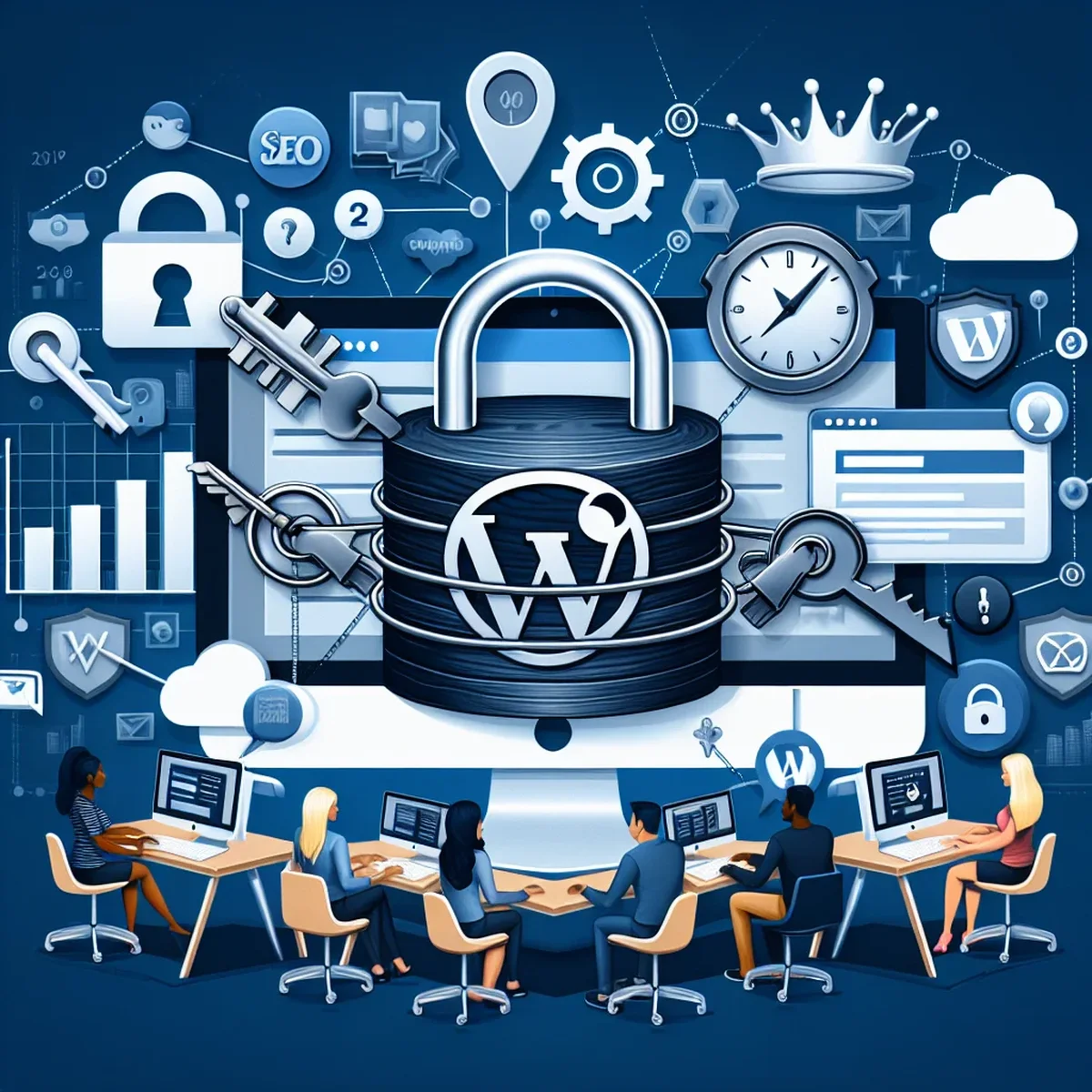Mastering File Permissions and Ownership in WordPress for Enhanced Security

Understanding and correctly setting file permissions and ownership in WordPress are crucial for maintaining the security and functionality of your website. In this post, we’ll delve into why these settings are important, how to properly configure them, and common pitfalls to avoid.
Importance of Correct File Permissions and Ownership
File permissions determine who can read, write, and execute files on your server, while ownership determines who owns these files. Correct settings are essential for: - Enhancing Security: Prevents unauthorized access and modifications to your website’s files. - Ensuring Functionality: Allows WordPress to run scripts and store data as needed without interruptions.
Understanding WordPress File Permissions
File permissions in WordPress are denoted by three numbers, each representing different access levels: - Owner: The user who owns the file. - Group: Users who are part of the same group as the owner. - Public: Everyone else.
The permissions are indicated as: - Read (4): View the file contents. - Write (2): Modify the file. - Execute (1): Run the file as a program.
Recommended Permissions for WordPress
To maintain optimum security and functionality:
- Directories: Set to 755 (read, write, execute for owner; read and execute for group and public).
- Files: Set to 644 (read and write for owner; read for group and public).
Setting File Permissions
You can change file permissions using FTP clients like FileZilla or through command line. Here’s how you can do it via FTP: 1. Connect to your server using FTP. 2. Right-click the file or directory. 3. Select 'File Permissions'. 4. Enter the numeric value (e.g., 755 or 644). 5. Confirm by clicking 'OK'.
Automating Permission Management
For those managing multiple WordPress sites, consider using scripts or management tools that regularly check and correct permissions, ensuring compliance with best practices.
Handling Ownership in WordPress
Ownership is pivotal because the server needs to execute files as the user running the web server (often www-data in Apache). Here’s how to ensure proper ownership:
- Use the chown command to change ownership. For example, to set ownership to www-data for all files and directories in your WordPress directory, use:
sudo chown -R www-data:www-data /path/to/wordpress/
- Regularly verify ownership, especially after installing plugins or updates.
Common Pitfalls and How to Avoid Them
- Setting permissions too loose (e.g., 777): While making everything writable might seem like an easy fix for permission errors, it exposes your site to security risks.
- Ignoring ownership settings: Incorrect ownership can prevent WordPress from updating files, leading to outdated plugins and security vulnerabilities.
Conclusion
Effective management of file permissions and ownership is not just a technical requirement; it is a crucial aspect of securing and managing a WordPress site. By adhering to the recommended settings and regularly reviewing these permissions, you can safeguard your site against unauthorized access and ensure smooth operation.
For agencies and business owners, understanding these aspects means better control and security over your digital assets, reinforcing your defenses against potential cyber threats.
FAQ
- What are the recommended file permissions for WordPress?
- For security, directories should be set to 755 and files to 644. This configuration prevents unauthorized access while allowing the site to function correctly.
- How can incorrect file permissions affect a WordPress site?
- Incorrect permissions can lead to security vulnerabilities, exposing your site to attacks, or operational issues, preventing WordPress from functioning properly.